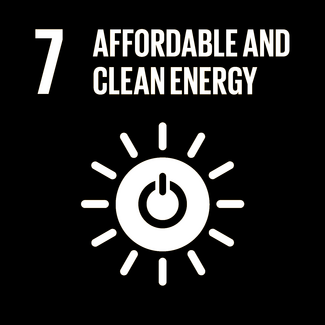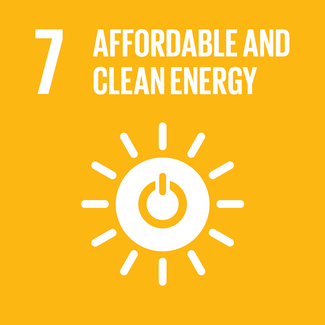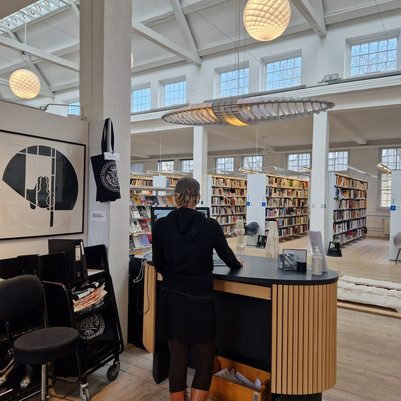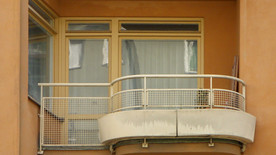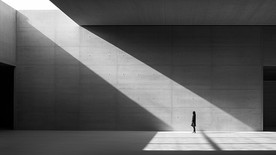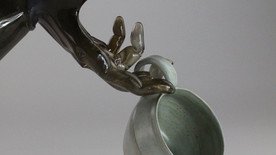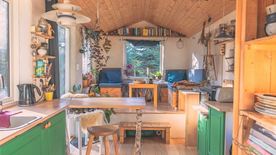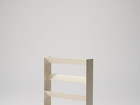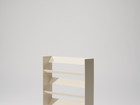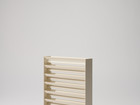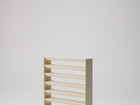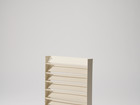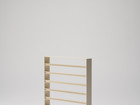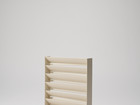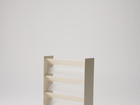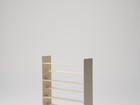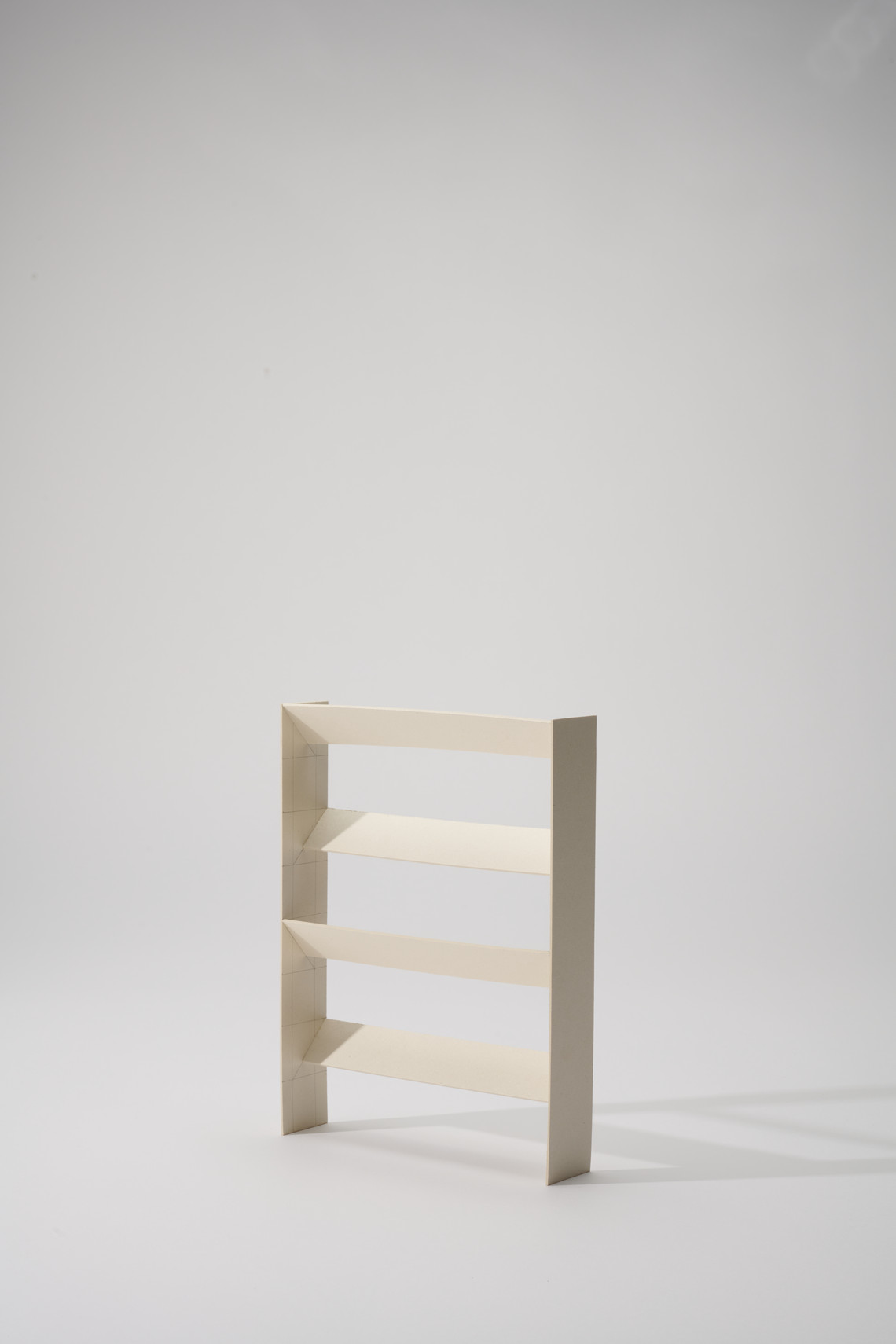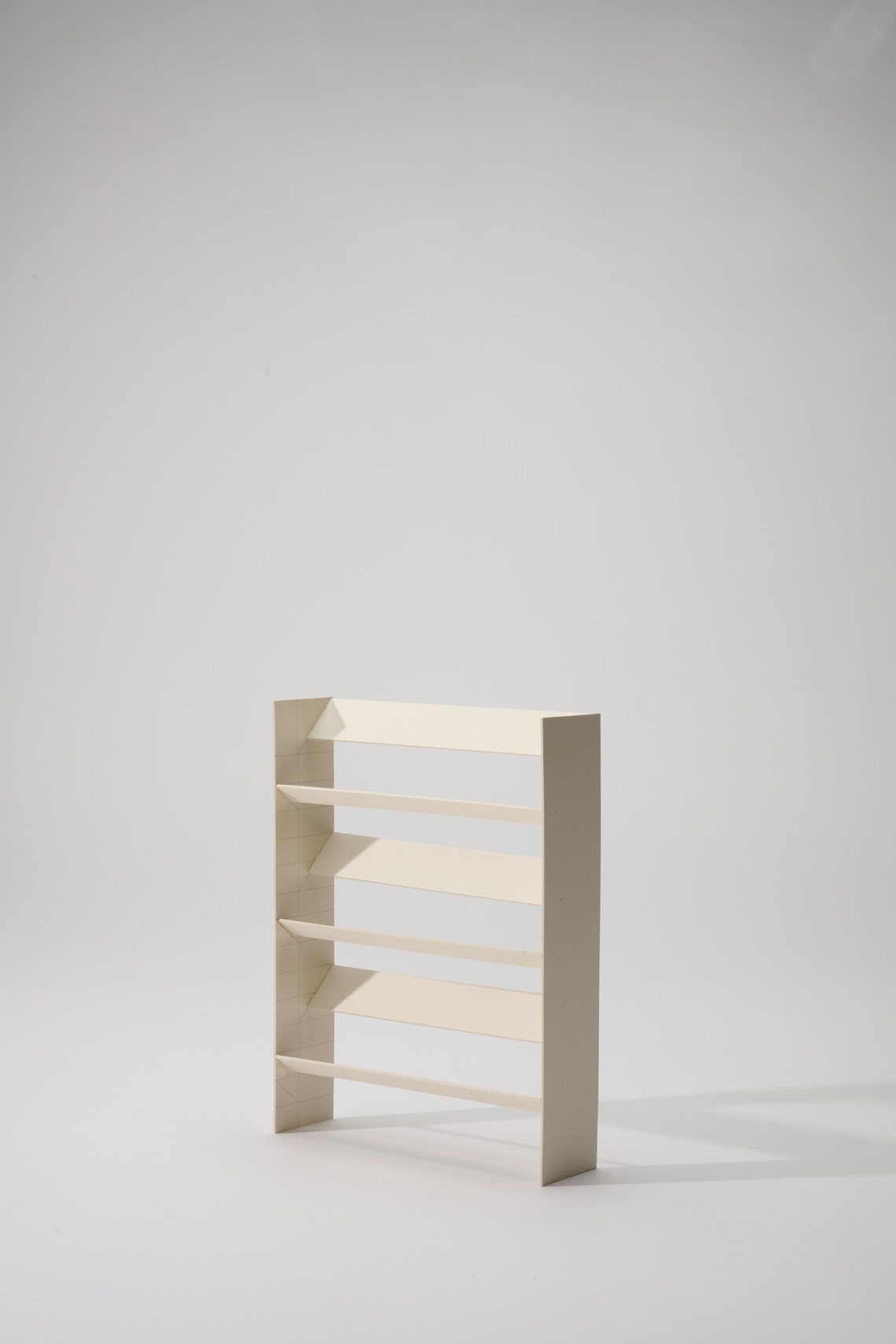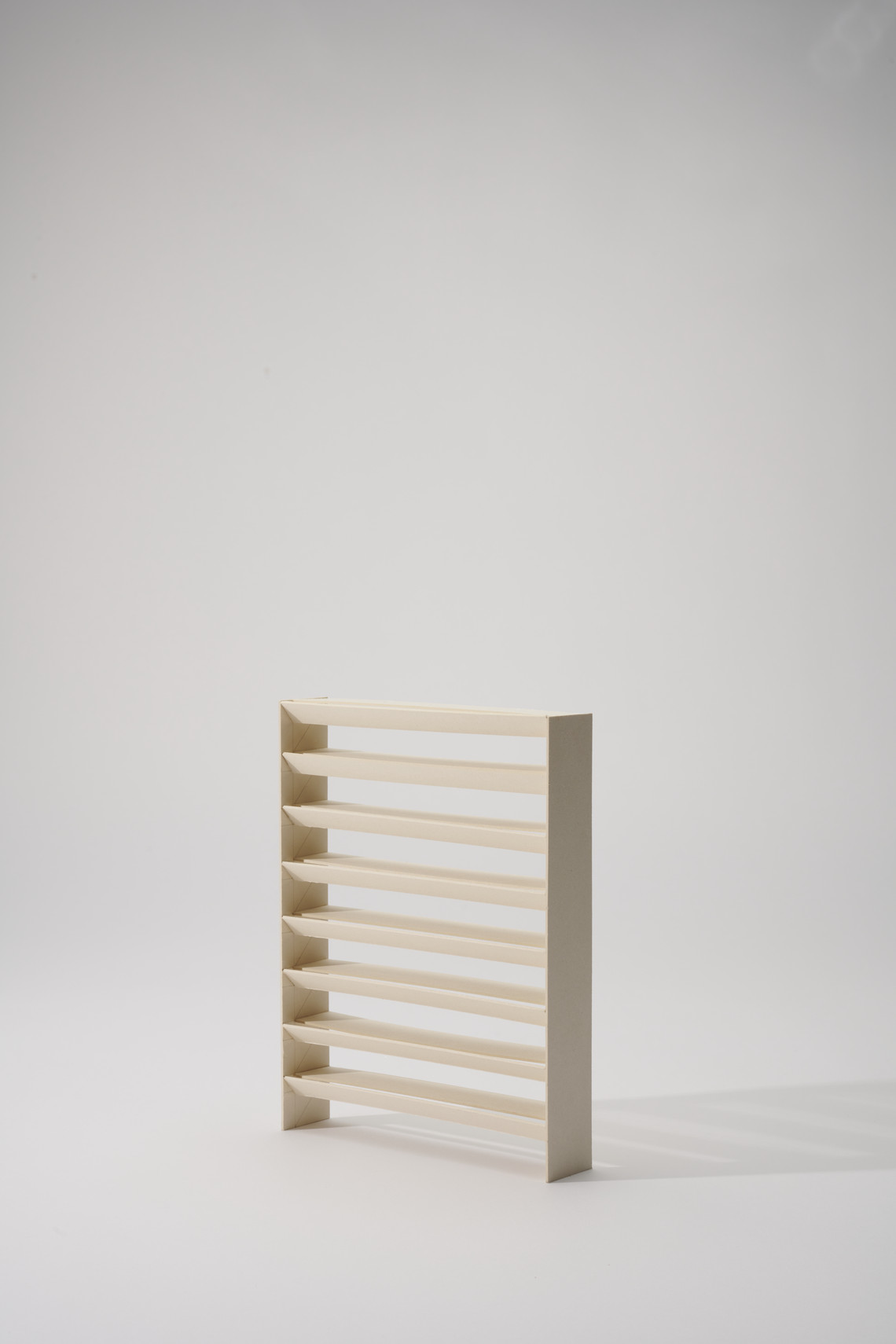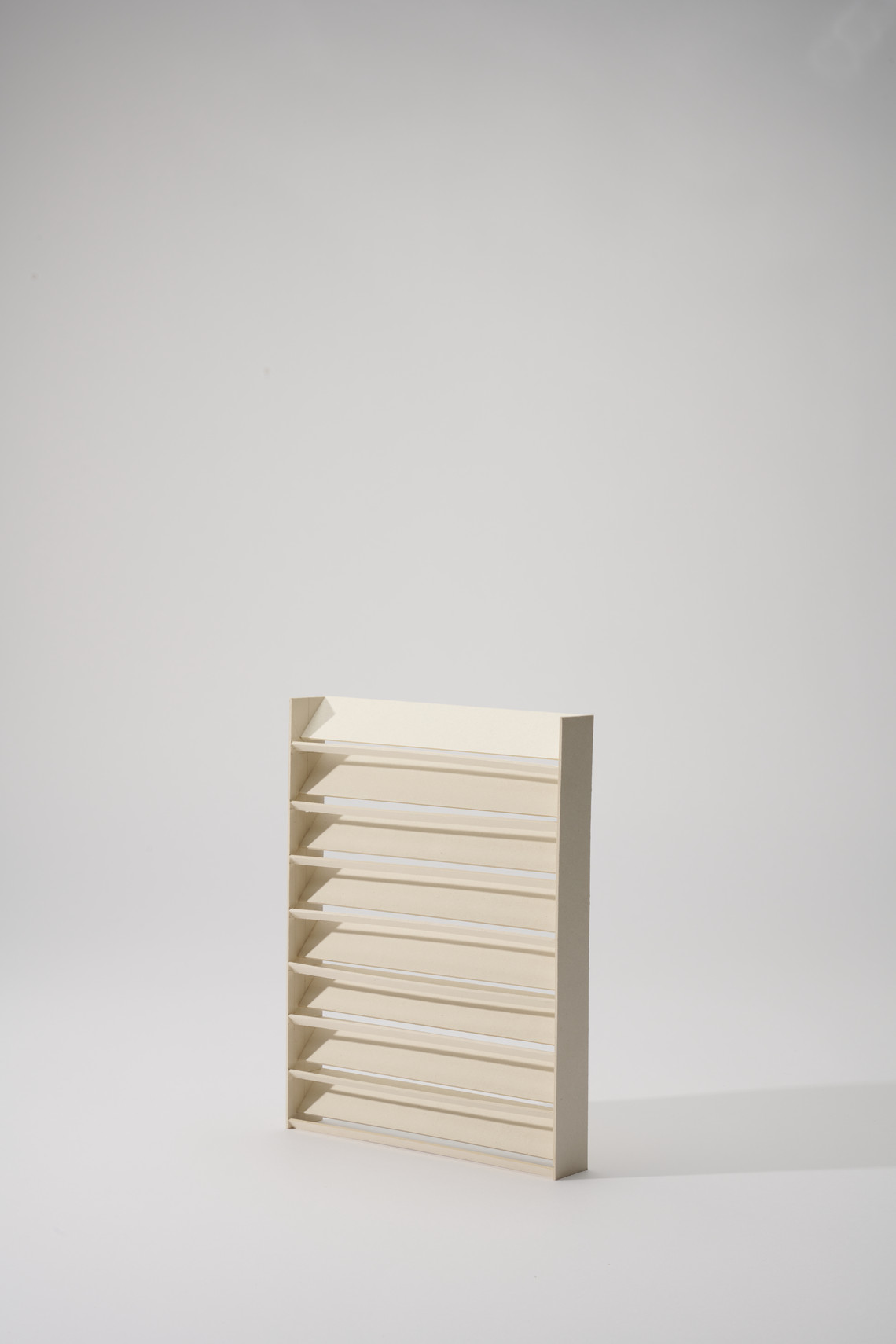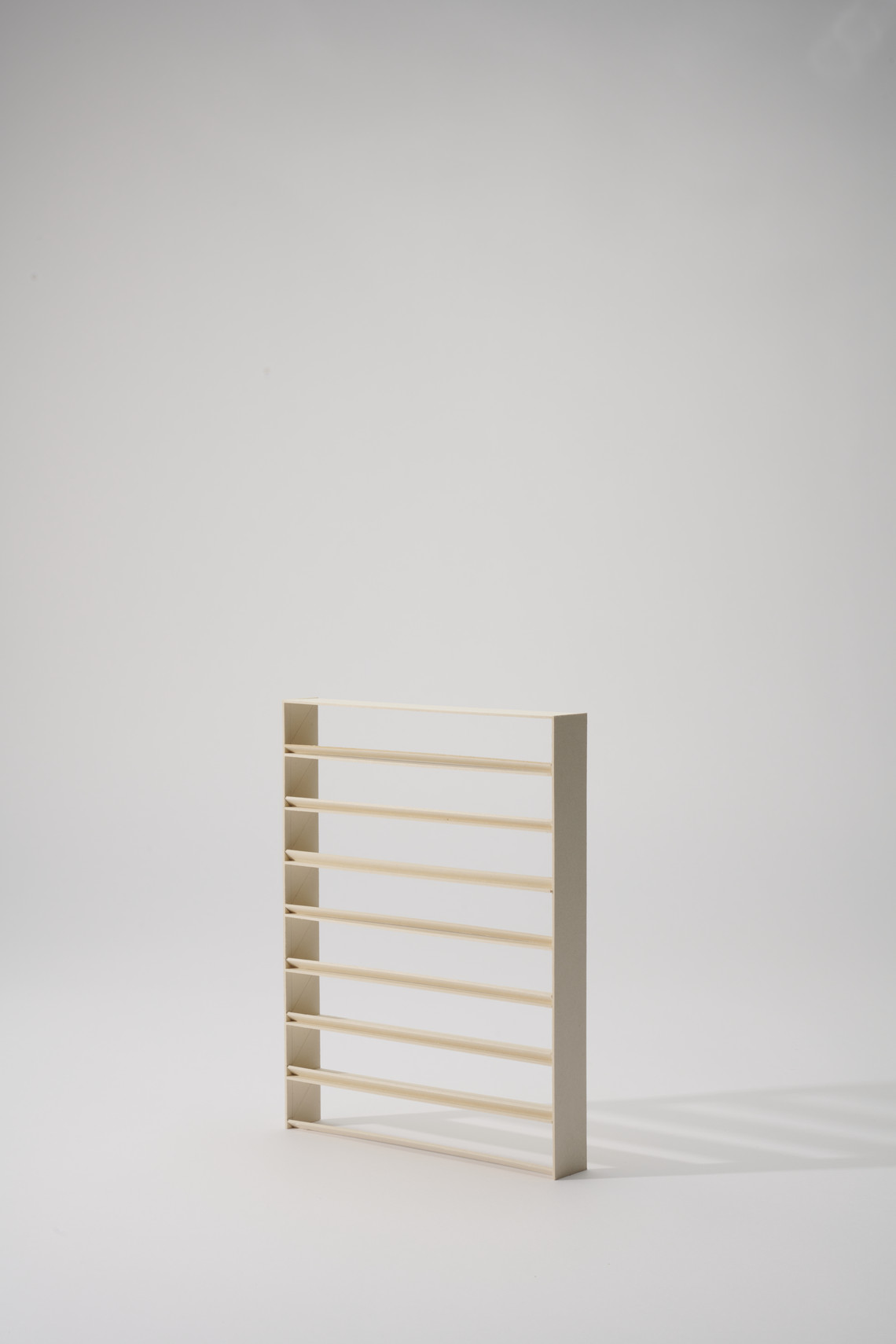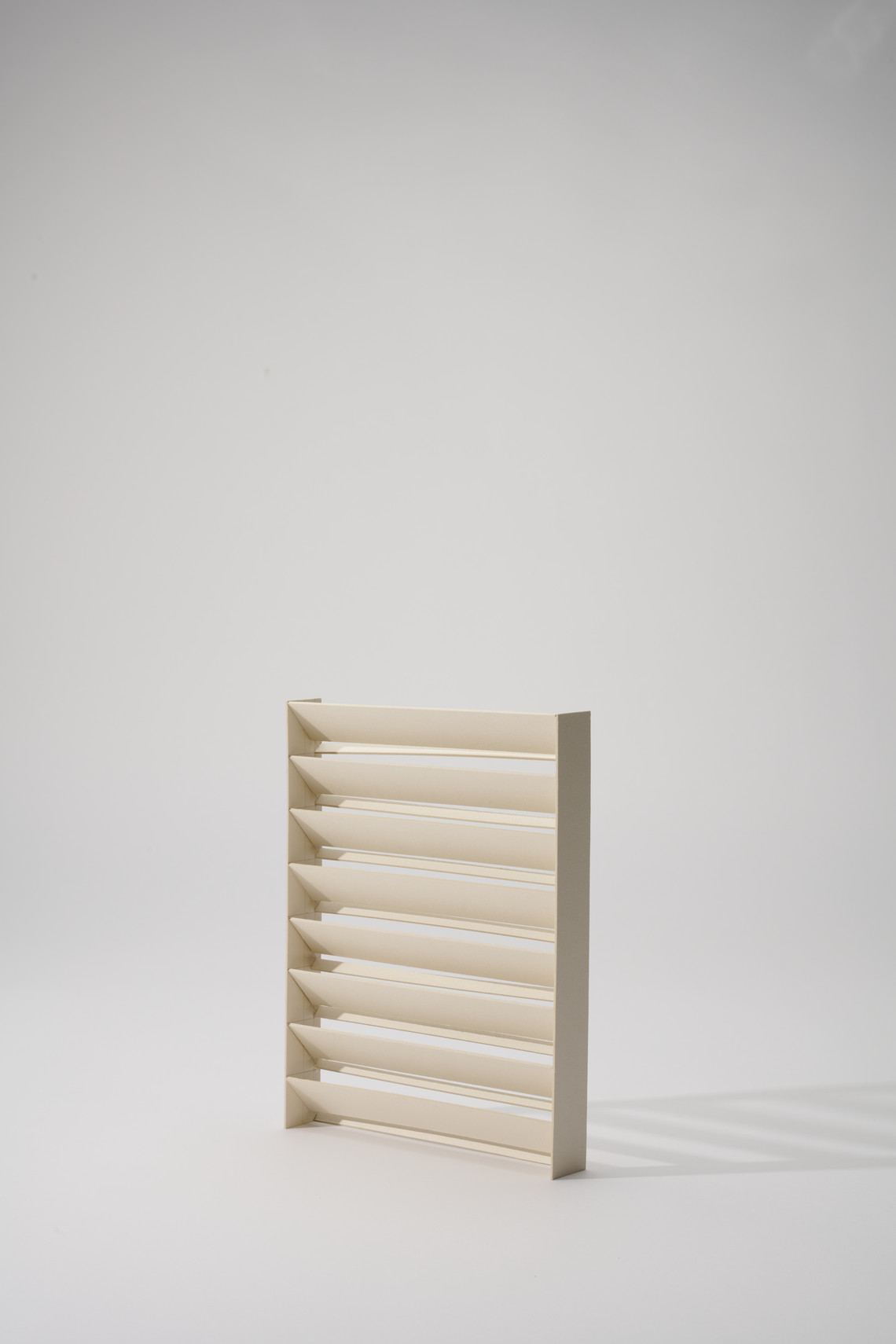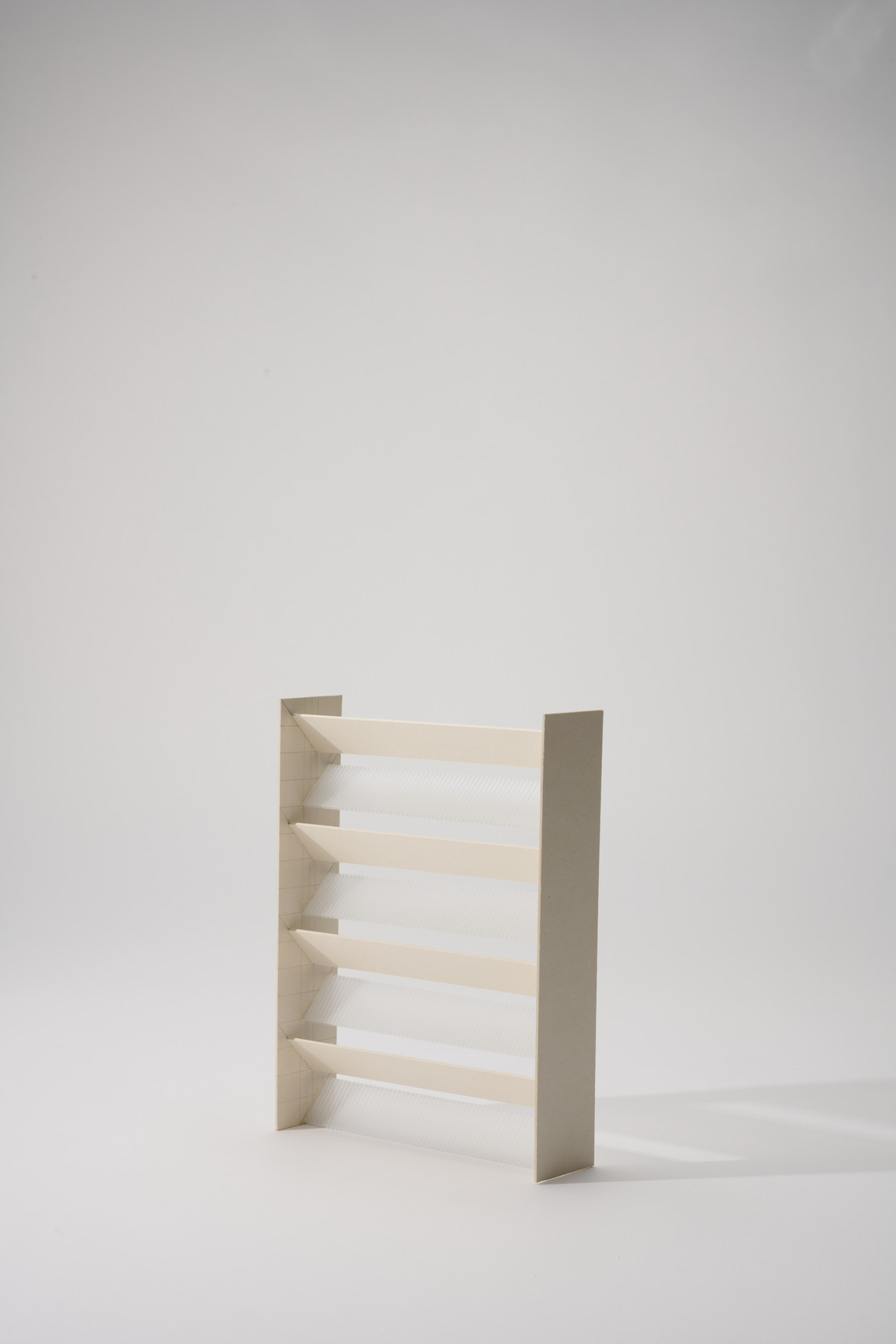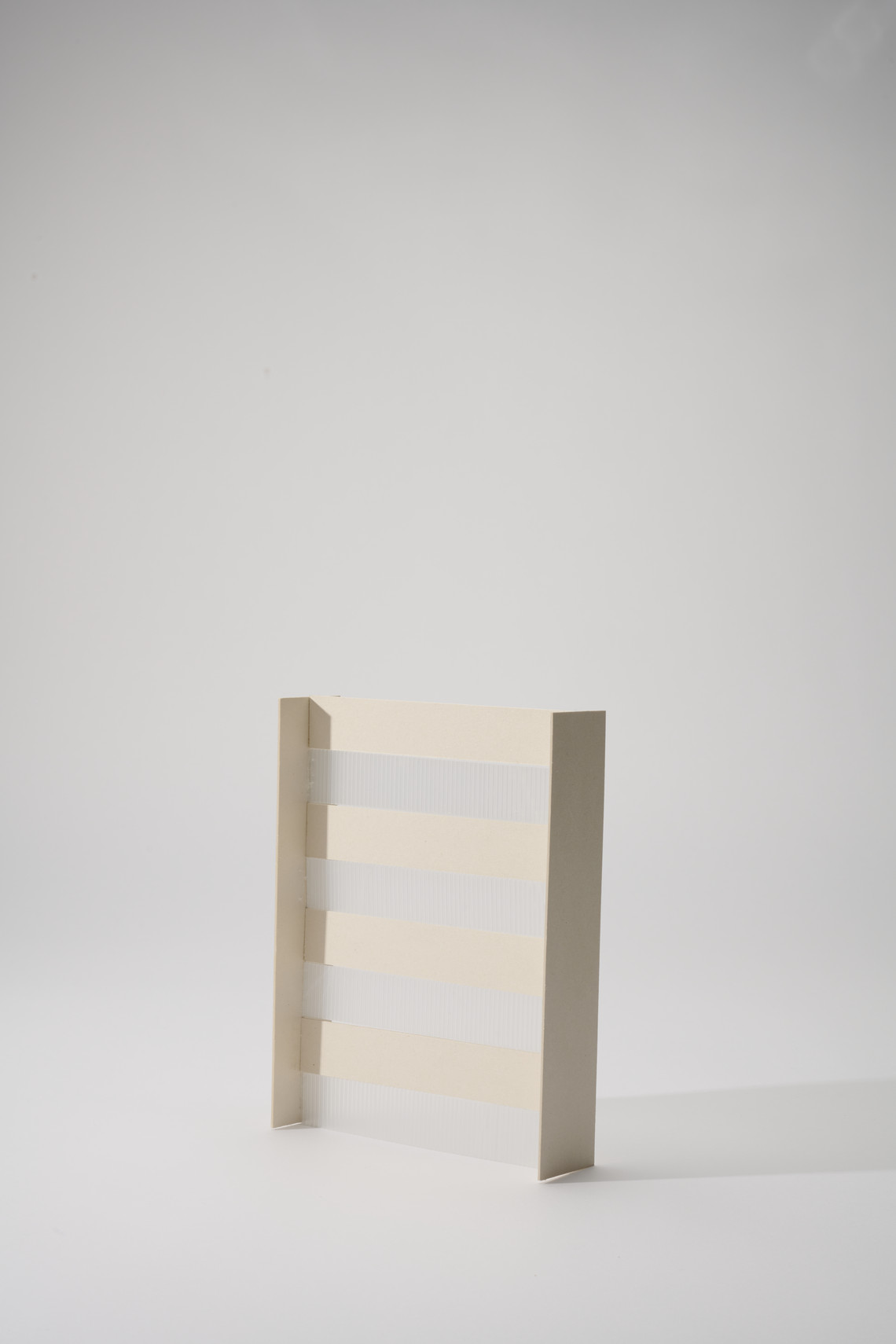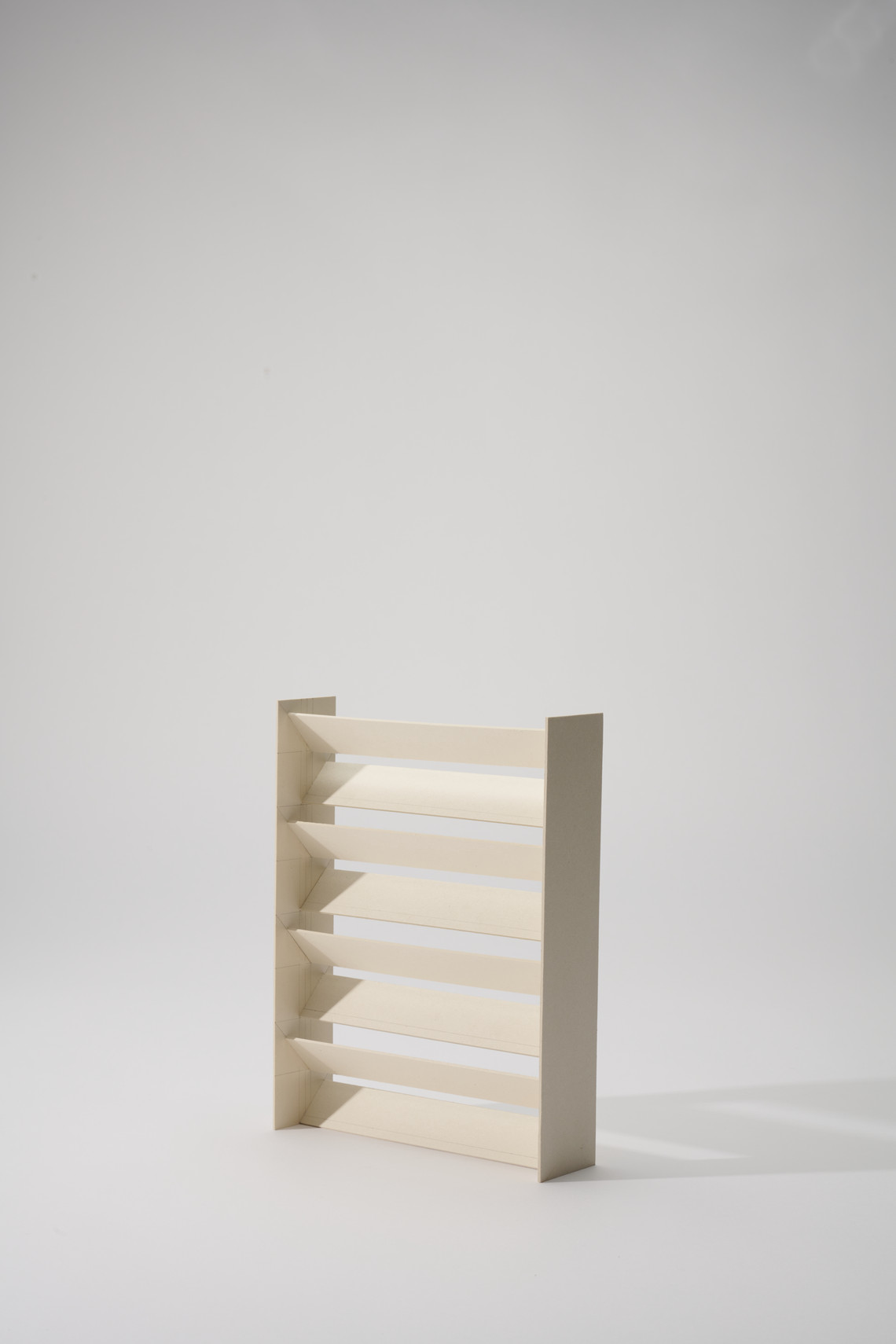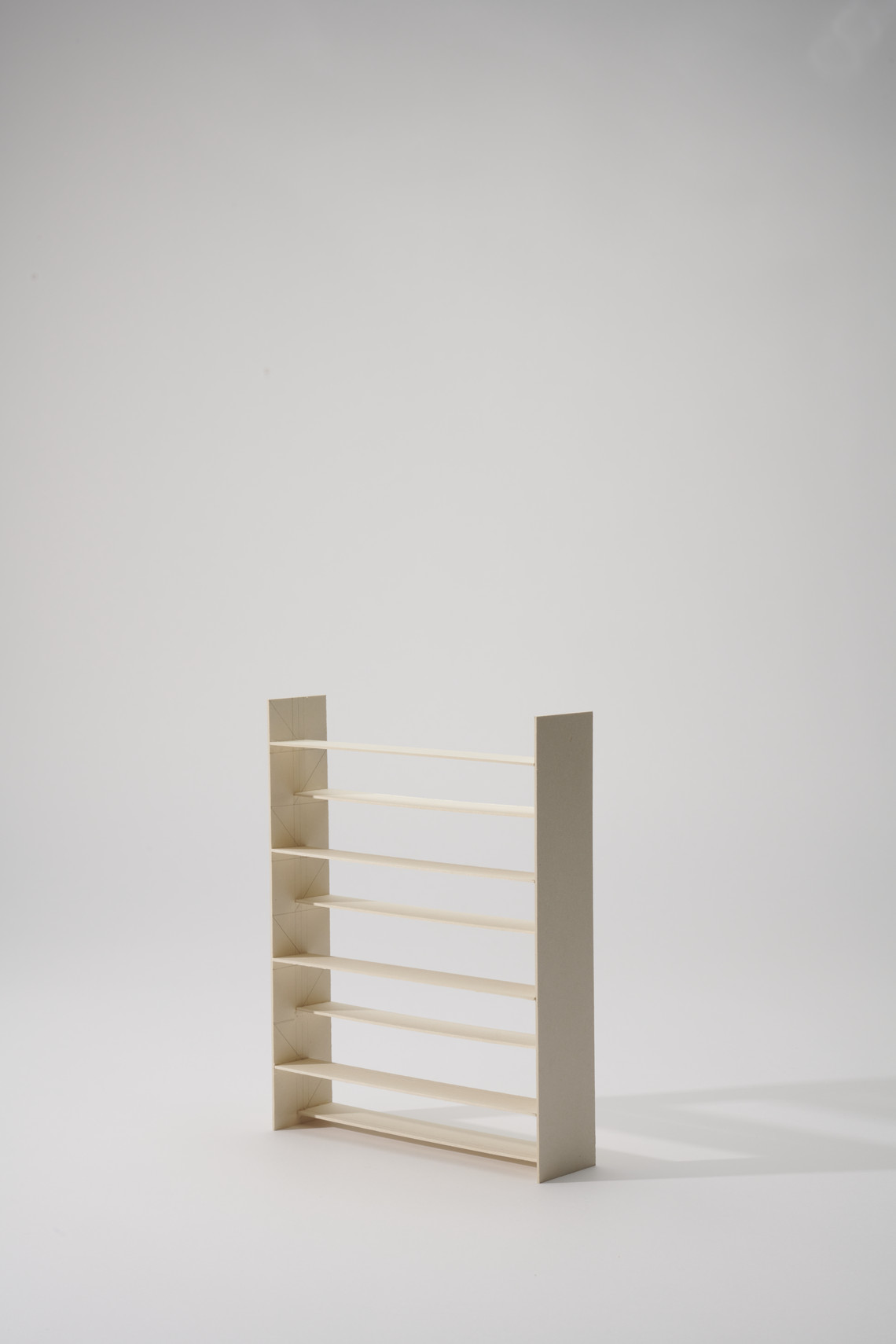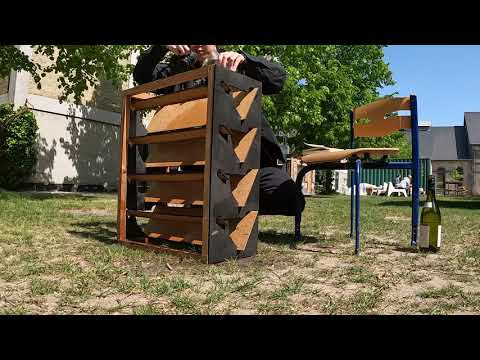

Cooler Louver
Cooler Louvers aims to be an alternative solution to replace air conditioners in the tropics with less electricity consumption. The project is developed in a setting of shophouses, a common architectural typology in Southeast Asian countries. The focus was on applying low-key and vernacular techniques to a design to make it affordable and accessible for everyone.
The project will focus on clay as a primary material because it is accessible and affordable from everywhere. Clay has tiny pores on the surface, and water gets evaporated very quickly through these pores. Using the heat transfer induced by the evaporation of water, evaporative cooling systems create a cooling effect. The efficiency of cooling down also involves maximizing clay surfaces for the more water-touch area. This fact led to an explorative process and an attempt to maximize the clay surface while keeping the design simple to make and install on the facade.
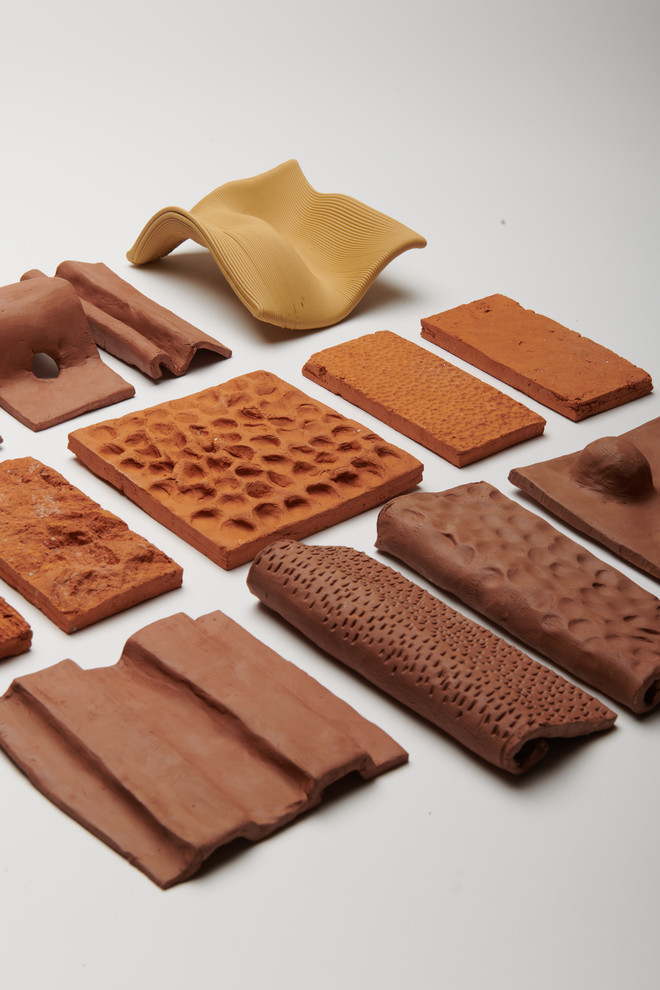
The collaboration with Jesper Christensen, an energy and indoor climate engineer, seeks a hybrid solution between natural and mechanical ventilation from the beginning of the project. This resulted in the system design sketch of controlling the air in and out of the building. The system must include mechanical ventilation to suck the old air out of the building. It will generate different air pressure, letting in fresh air through the clay facade. This way, we can lower new air temperatures coming inside and ensure a healthier living environment.

The below models' photographs are a part of louver design process. The main goal is to achieve a design with good water continuity performance while considering other factors such as transparency, widths, and aesthetics.
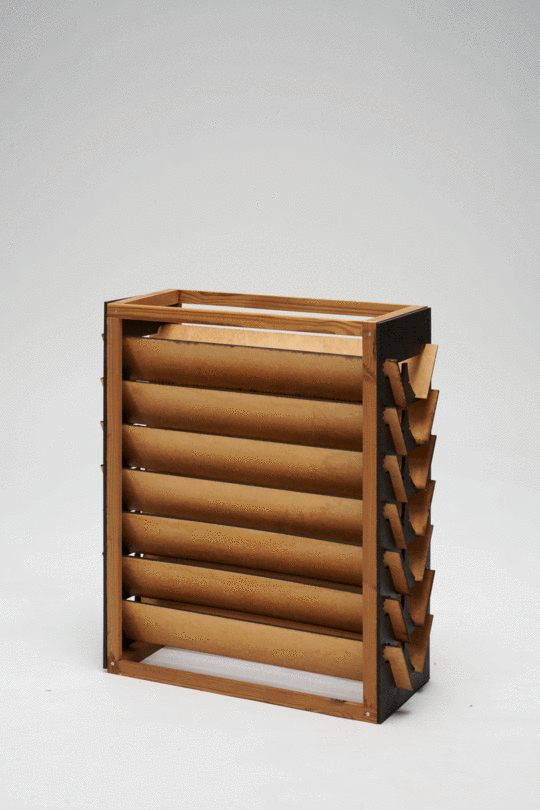
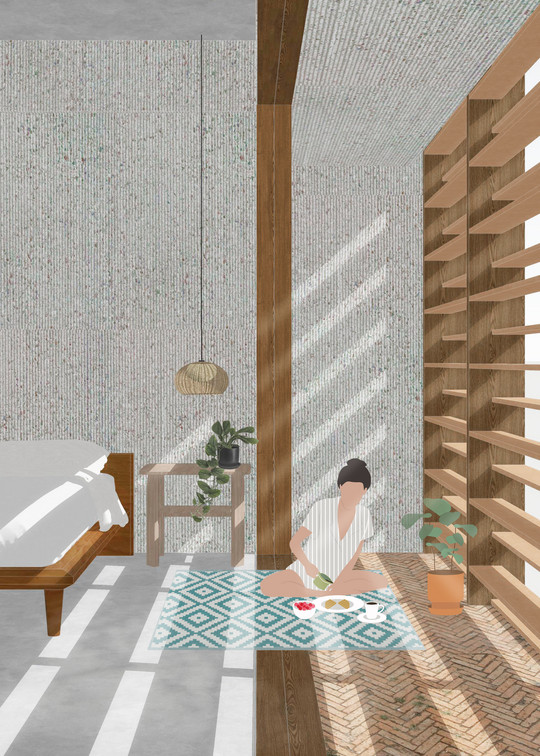
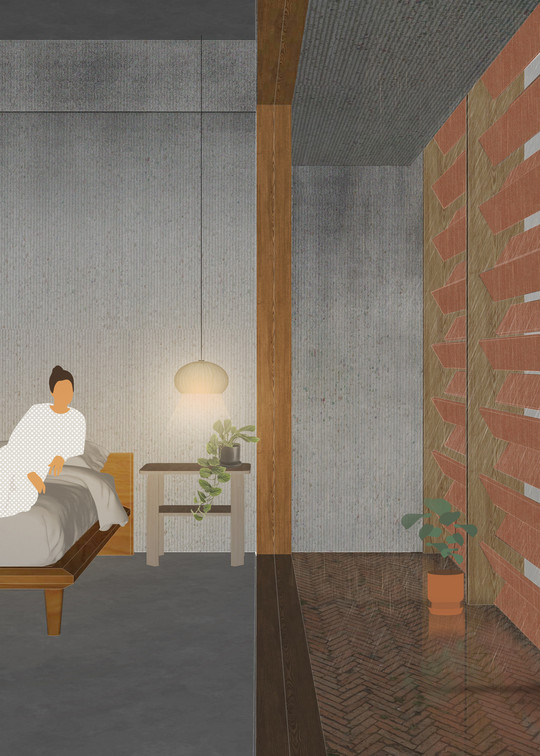
Det Kongelige Akademi understøtter FN’s verdensmål
Siden 2017 har Det Kongelige Akademi arbejdet med FN’s verdensmål. Det afspejler sig i forskning, undervisning og afgangsprojekter. Dette projekt har forholdt sig til følgende FN-mål